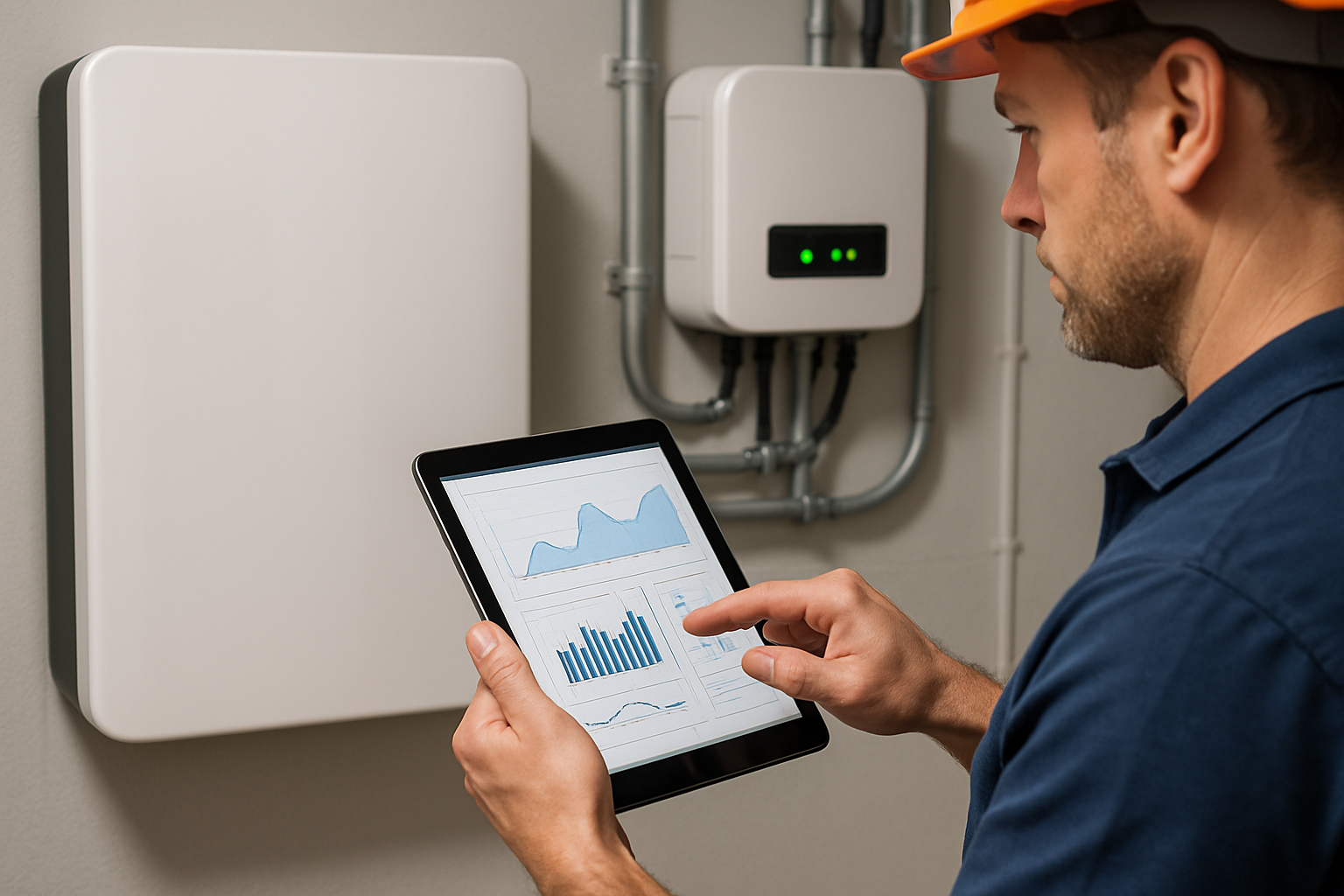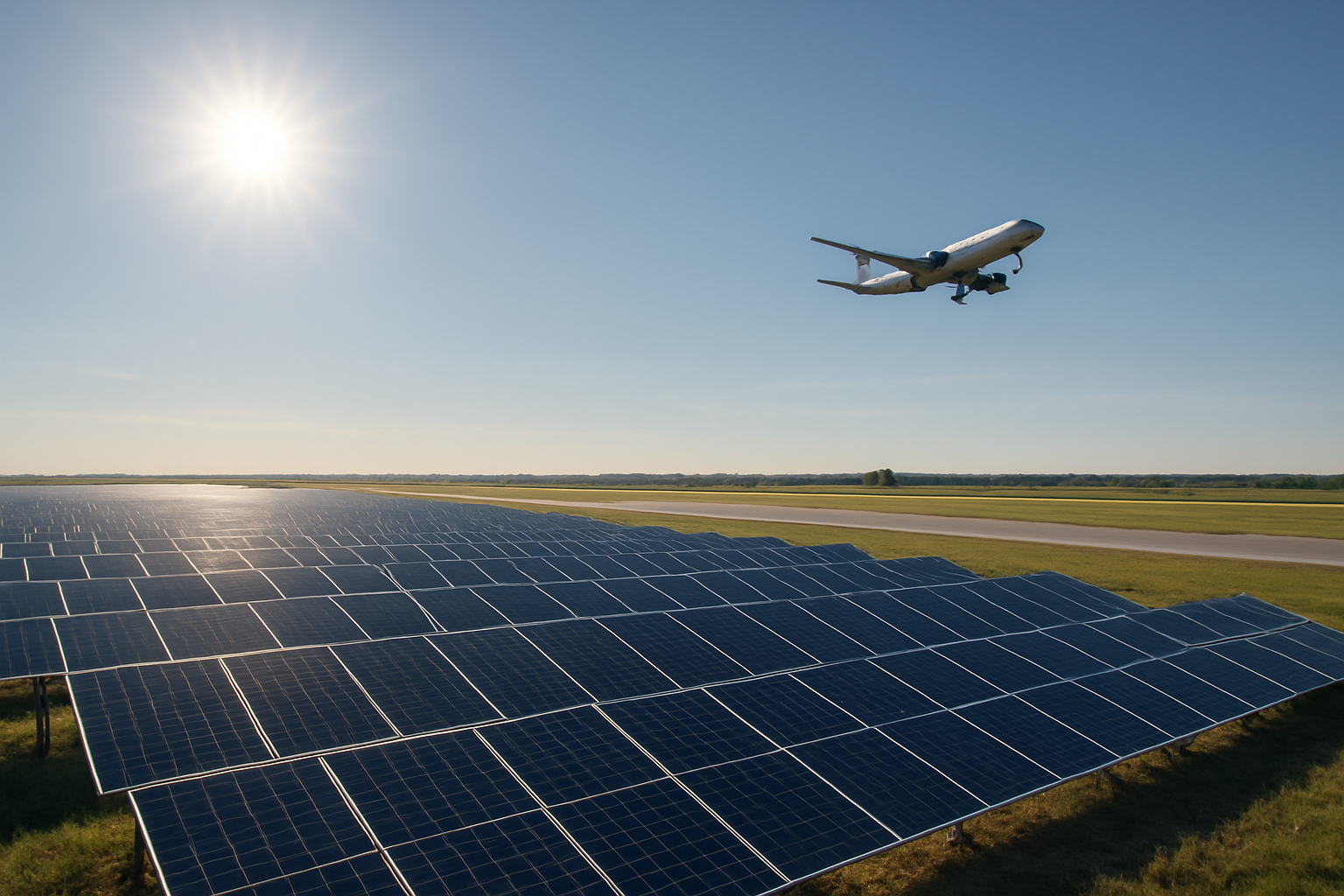Installing a solar PV system is a significant step toward energy independence. You have high-performance panels, a powerful inverter, and reliable batteries. But what about the unseen forces that can compromise your entire system? Electrical faults and power surges are silent threats. Proper grounding and surge protection are the essential safeguards that protect your hardware, your home, and your investment. These aren't optional extras; they are fundamental to a safe and durable energy system.
The Fundamentals of PV System Grounding
Grounding provides a safe, intentional path for stray electrical current to travel to the earth. Without this path, a fault could energize the metal components of your system, creating a severe shock hazard. It is a foundational safety requirement for nearly all electrical systems.
Key Grounding Types in a PV System
In a solar installation, grounding is typically handled in two distinct ways, both mandated by standards like the National Electrical Code (NEC) in the United States:
- Equipment Grounding: This involves connecting all non-current-carrying metal parts to ground. This includes solar panel frames, mounting racks, and inverter enclosures. An equipment grounding conductor (EGC), usually a bare copper or green-insulated wire, creates a continuous path from every piece of metal equipment back to the system's main grounding point. According to NEC requirements, this is mandatory for any PV system with field-installed wiring, even low-voltage ones.
- System Grounding: This refers to grounding one of the current-carrying conductors of the system. Depending on the system design and inverter type, this could be the negative conductor (most common in the past), the positive conductor, or not done at all (an "ungrounded" system). Modern transformerless inverters often operate as ungrounded systems but still require robust equipment grounding. The NEC outlines specific configurations for PV system grounding to ensure safety and proper operation of protection devices.
Why Proper Grounding is Non-Negotiable
Correct grounding is critical for several reasons. Its primary purpose is personnel safety by preventing dangerous voltages on accessible metal surfaces. It also provides a path for fault currents to flow, which allows fuses or circuit breakers to trip and de-energize the circuit quickly. Finally, it helps stabilize system voltage and is a legal requirement in most jurisdictions, essential for passing electrical inspections.
Common Grounding Mistakes and How to Avoid Them
A grounding system is only as good as its weakest link. Small installation errors can create significant safety hazards.

Mistake 1: Using Improper Components
You cannot use just any nut and bolt for a grounding connection. The NEC requires that all grounding and bonding connections be made with listed devices, such as specialized grounding lugs designed for this purpose. These components are tested to ensure they maintain a solid, reliable connection for decades, even when exposed to moisture and temperature changes.
Mistake 2: Inadequate Bonding
Every metal component must be part of the continuous ground path. This means using bonding jumpers to connect separate sections of racking and ensuring that the anodized coating on panel frames is penetrated by the grounding hardware to make a solid electrical connection. A common mistake is assuming that simple metal-to-metal contact is sufficient, but oxidation and corrosion can degrade that connection over time.
Mistake 3: Poor Grounding Electrode Connection
The entire equipment grounding system must ultimately connect to a grounding electrode, which is the physical connection to the earth (e.g., a ground rod). For building-mounted systems, the PV grounding system must be bonded to the building's existing grounding electrode system. Relying on a separate, isolated ground rod for the PV array is often a code violation and can create dangerous potential differences between the array and the rest of the building's electrical system during a fault or surge event.
Mastering Surge Protection for Your Solar Investment
While grounding handles internal electrical faults, surge protection deals with external threats. Power surges are brief but powerful spikes in voltage that can destroy sensitive electronics, with your inverter being the most vulnerable and expensive component.
What Causes Surges in a PV System?
The most dramatic cause of surges is lightning. Solar arrays, often located in open, exposed areas, are susceptible. Studies have shown that lightning-related events can be a significant cause of damage to PV systems, with some reports attributing over 30% of system damages to them. Even an indirect strike nearby can induce powerful currents in the system's wiring. Other causes include utility grid switching or large motors starting up nearby.
The Role of Surge Protective Devices (SPDs)
A Surge Protective Device (SPD) works like a pressure relief valve for electricity. Under normal voltage, it does nothing. When it detects a high-voltage surge, it instantly creates a low-resistance path to divert the excess energy safely to the grounding system, clamping the voltage to a level your equipment can survive.
Strategic SPD Placement
Comprehensive protection requires a layered approach. SPDs should be installed on both the DC and AC sides of the system:
- DC Protection: An SPD should be installed on the DC wiring between the solar array and the inverter to protect the inverter's input circuits.
- AC Protection: An SPD should be installed on the AC side to protect the inverter's output and your main service panel from surges coming from either the grid or the PV system.
Critical Surge Protection Installation Errors
Simply buying an SPD is not enough. Incorrect installation can render it completely ineffective.
Error 1: Incorrect SPD Sizing and Type
SPDs come with various voltage ratings and types. You must choose an SPD with a Maximum Continuous Operating Voltage (MCOV) that is appropriate for your system's nominal voltage. Using an undersized SPD will cause it to fail prematurely, while an oversized one may not provide adequate protection.
Error 2: Excessive Lead Lengths
This is the single most critical and common installation error. The wires connecting the SPD to the circuit must be as short and straight as possible. During a fast-rising surge event, the inductance of the wire itself creates a voltage drop, which adds to the SPD's clamping voltage. Long, looping wires can add hundreds of volts to the surge, allowing damaging energy to reach your equipment.
| SPD Wire Length | Added Voltage (Approximate) | Impact on Protection |
|---|---|---|
| 6 inches (15 cm) | ~120 V | Baseline performance (UL test standard) |
| 12 inches (30 cm) | ~240 V | Protection is noticeably reduced |
| 36 inches (91 cm) | ~720 V | Protection is severely compromised |
Data is illustrative, based on an average added voltage of 20V per inch of wire length. Actual values vary, but the principle is universal: shorter is always better.
Error 3: Forgetting Communication Lines
Modern inverters and energy storage systems rely on communication circuits for monitoring and control. These low-voltage lines are highly susceptible to surge damage and can provide a backdoor path for surges to enter your equipment. Always install appropriate SPDs on any data or communication lines connected to your system.
Securing Your System for the Long Term
Properly protecting your solar energy system is a two-part strategy. Grounding is the fundamental safety measure that protects against shock hazards from internal faults. Surge protection is the insurance policy that defends your valuable equipment from powerful external voltage spikes.
Cutting corners on these procedures introduces unnecessary risk. To ensure the long-term reliability, safety, and performance of your energy system, always adhere to local electrical codes and consider working with a qualified professional for installation.
Disclaimer: This article is for informational purposes only and does not constitute professional electrical or legal advice. All electrical work should be performed by a qualified professional in compliance with local codes and regulations.





Leave a comment
All comments are moderated before being published.
This site is protected by hCaptcha and the hCaptcha Privacy Policy and Terms of Service apply.